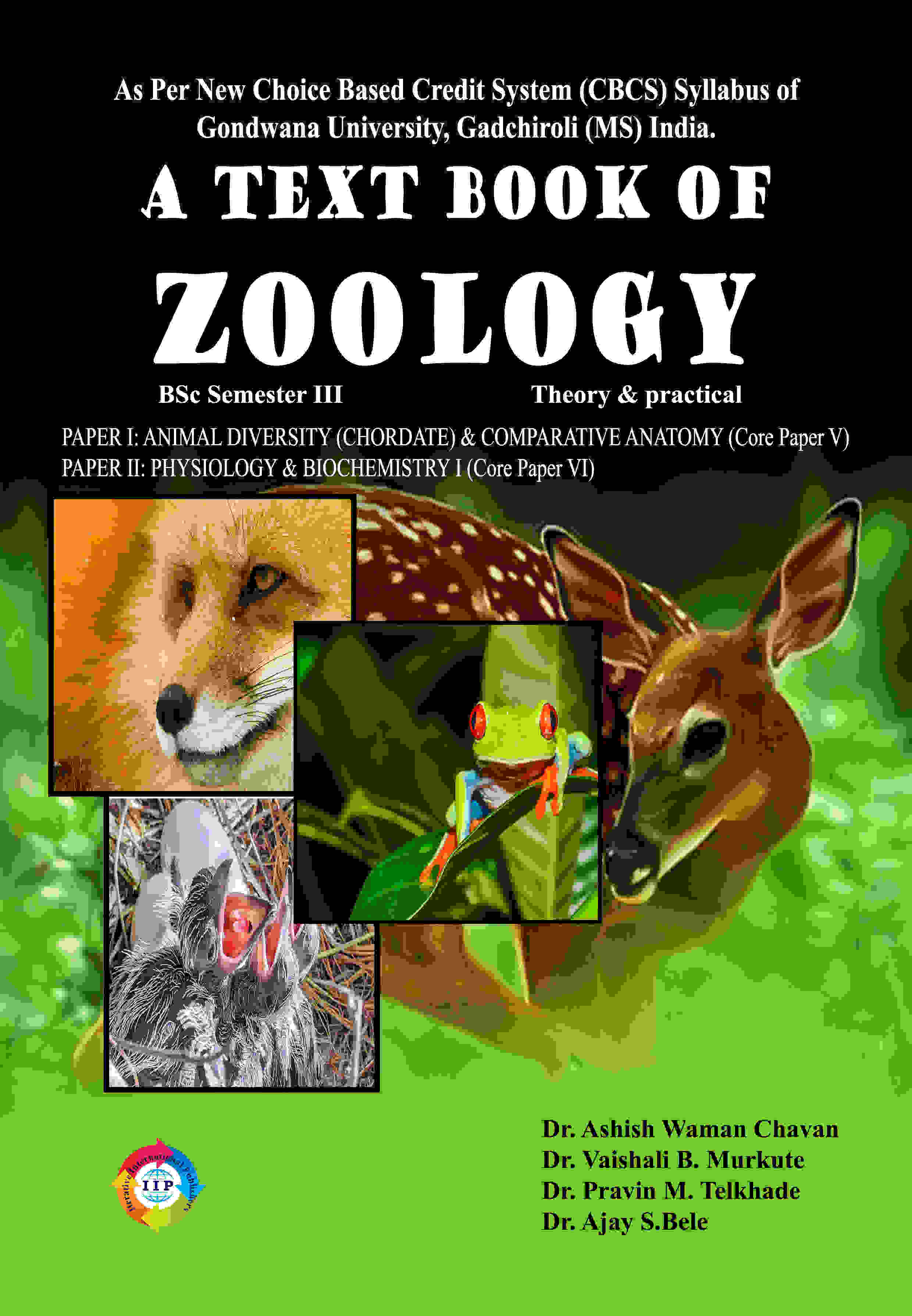
Ethnobotanical Studies in the Conservation of Plant Biodiversity for Sustainable Development
-
TypePrint
- CategoryAcademic
- Sub CategoryText Book
- StreamBasic Biology
This book, "Ethnobotanical Studies in the Conservation of Plant Biodiversity for Sustainable Development," written by Dr. G. V. Gopal, a retired Professor from the Department of Science Education and Mathematics and a Dean of Instructions in the Regional Institute of Education, a southern NCERT Unit, Karnataka, India delves into the critical role of traditional knowledge regarding plant usage by local communities as a cornerstone for effective biodiversity conservation strategies. By exploring the intricate relationships between people and plants across diverse ecosystems, this work highlights the potential of ethnobotanical research to inform sustainable development practices, ensuring the preservation of vital plant species while respecting the cultural heritage of indigenous populations. The study of the association, interaction, and interrelationships of ethnic human societies with the surrounding flora is termed ‘ethnobotany’ or aboriginal botany. Ethnobotany has more recently been defined as the study of the interrelationship of plant environment and primitive societies. Ethnobotany is a multidisciplinary science involving the traditional use of plants by human beings. Billions of people in the world rely chiefly on herbal medicines. The great majority of medicinal and aromatic plants used locally or entering into trade and herbal industries comes from wild sources and constitutes the source of livelihoods of millions of people. Ethnobotanical information and knowledge are believed to have contributed to the development of close to 30% of modern medicines. In recent years, the increasing demand for herbal medicines in industrialized countries is being fueled by a growing consumer interest in natural products. As international trade in medicinal and aromatic plants has grown to a multibillion-dollar industry, local harvesting patterns have shifted from subsistence local collection to commercial mining. The continued growth in the global raw-material market has contributed to this trend. Assessment of the conservation status involves consideration of different threat factors including biological and socioeconomic issues such as destructive harvesting, habitat change, species extinction and loss of livelihoods of locals that have contributed towards disturbing trends in species loss. The conservation and management measures adopted so far have proved to be grossly inadequate. Tangible improvements in the livelihoods of local communities and inculcation of conservation values in the minds of people may be more sustainable measures for long-term conservation diversity and associated ethnobotanical knowledge systems.
**Note: IIP Store is the best place to buy books published by Iterative International Publishers. Price at IIP Store is always less than Amazon, Amazon Kindle, and Flipkart.





COMMENTS
No Review found for book with Book title. Ethnobotanical Studies in the Conservation of Plant Biodiversity for Sustainable Development